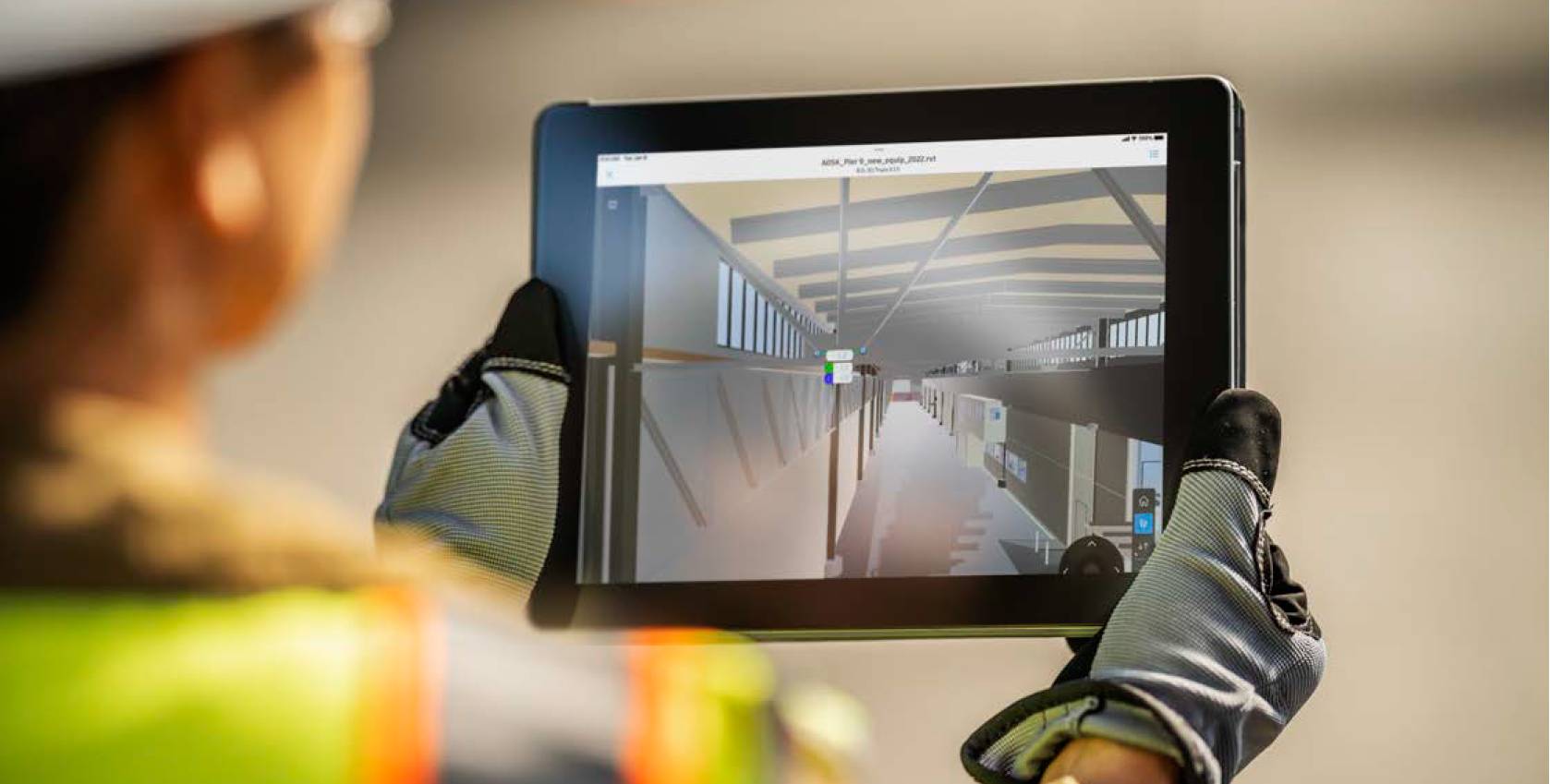From talk to action
Matt Keen, Construction Strategy Director, Autodesk

IT’S one year on since the Building Safety Act passed into law, but how much closer is the UK construction industry to addressing the issues made tragically apparent by the Grenfell Tower fire?
Another key milestone is approaching for building owners; those responsible for the safety of high-rise residential buildings in England now have until 1 October to register with the new building safety regulator. The chief of the new regulator, Peter Baker, has called it a ‘landmark moment’, and an opportunity for the industry to raise its standards.
With this impending deadline driving change, it offers the industry a valuable opportunity to establish best practice and lay the foundations for a safer, digitally-driven future.
Change is on the horizon
We’re already seeing change taking shape within the sector. It’s reassuring to see owners and contractors are appointing building safety champions, and dedicated teams for every project, similar to the way the General Data Protection Regulation (GDPR) sparked a wave of data leadership hires across the business world in the mid to late 2010s. This dedicated focus is much needed, but there are two further areas that are key for the Building Safety Act to move from the theoretical to the practical.
The first is ‘data ownership’ – much has been made of the so-called ‘golden thread of information’, which can be quite daunting for certain operators and contractors. But it needn’t be.
It’s reassuring to see owners and contractors are appointing building safety champions, and dedicated teams for every project, similar to the way the General Data Protection Regulation (GDPR) sparked a wave of data leadership hires across the business world in the mid to late 2010s. This essentially refers to collecting, storing and sharing data for the lifespan of a building; from planning and construction to occupation and any subsequent expansion or rework. The controls apply to residential structures of at least 18m in height or seven storeys. Owners face arguably the biggest challenge here, and they’ll need to consider the optimum way to structure data and ensure that it is accessible and manageable at all times.
Following the golden thread
Morgan Sindall’s digital construction director, Lee Ramsey, sees the golden thread as ‘pivotal’ to providing a clear picture of data in an accessible way as the new build passes through the gateway process.
He said: “The Building Safety Act affects all parties involved in the building process; from contractors and architects to owners. The legislation provides a rigorous framework for duty holders to demonstrate that work complies with the new regulations – all geared towards ensuring that the building is being built with occupant safety as paramount importance. The post-Building Safety Act era represents a major opportunity to establish best practice for new construction projects, but it is crucial that all organisations involved collaborate in the most efficient way. Data and digital tools are at the very heart of this ethos.”
Secondly, fire safety design information is a key requirement for the building safety regulator and a clear step to address shortcomings in the wake of Grenfell. The objective is to assign clear owners for tasks, events and information relating to fire safety, before, during and after an incident, establishing accountability and ownership for every relevant high-rise building in the UK. The health and safety executive has recently argued that this message has ‘not fully landed’ since the Building Safety Act became law, so there is clearly more work and education to be done in this area.
A new mindset for the construction industry
... all the players need to work together to make this a reality.
It is critical that every stakeholder involved in the construction or maintenance of a high-rise residential building understands the shift in processes and mindset signalled by the Building Safety Act, as well as the repercussions of non-compliance. Robertson Construction Group’s executive technical services director, Mike King, argues that to meet the UK’s ambitious infrastructure objectives and deliver on new plans, we need to break down some of the traditional barriers and silos that prevent us from being as collaborative as possible.

He said: “The Building Safety Act provides a regulatory framework to set the industry up for success, enacting systems and processes like the common data environment that help maintain a golden thread of information. Digital tools, like 3D design and BIM, which improve collaboration and communication across teams, will also help to create new efficiencies and drive data-driven ways of working. With the right skills and technology in place to support this, UK construction can lead the way in developing a safer, more innovative industry and ultimately improve quality and productivity.”
The Building Safety Act is driving the industry to deliver increased transparency and collaboration, while also bringing the required controls into the sector. Construction firms have a clear opportunity to implement best practice in the use of data and digital tools to produce safe, innovative buildings that put residents first. With the building safety regulator’s deadline fast approaching, all the players need to work together to make this a reality.
Matt Keen, Construction Strategy Director, Autodesk